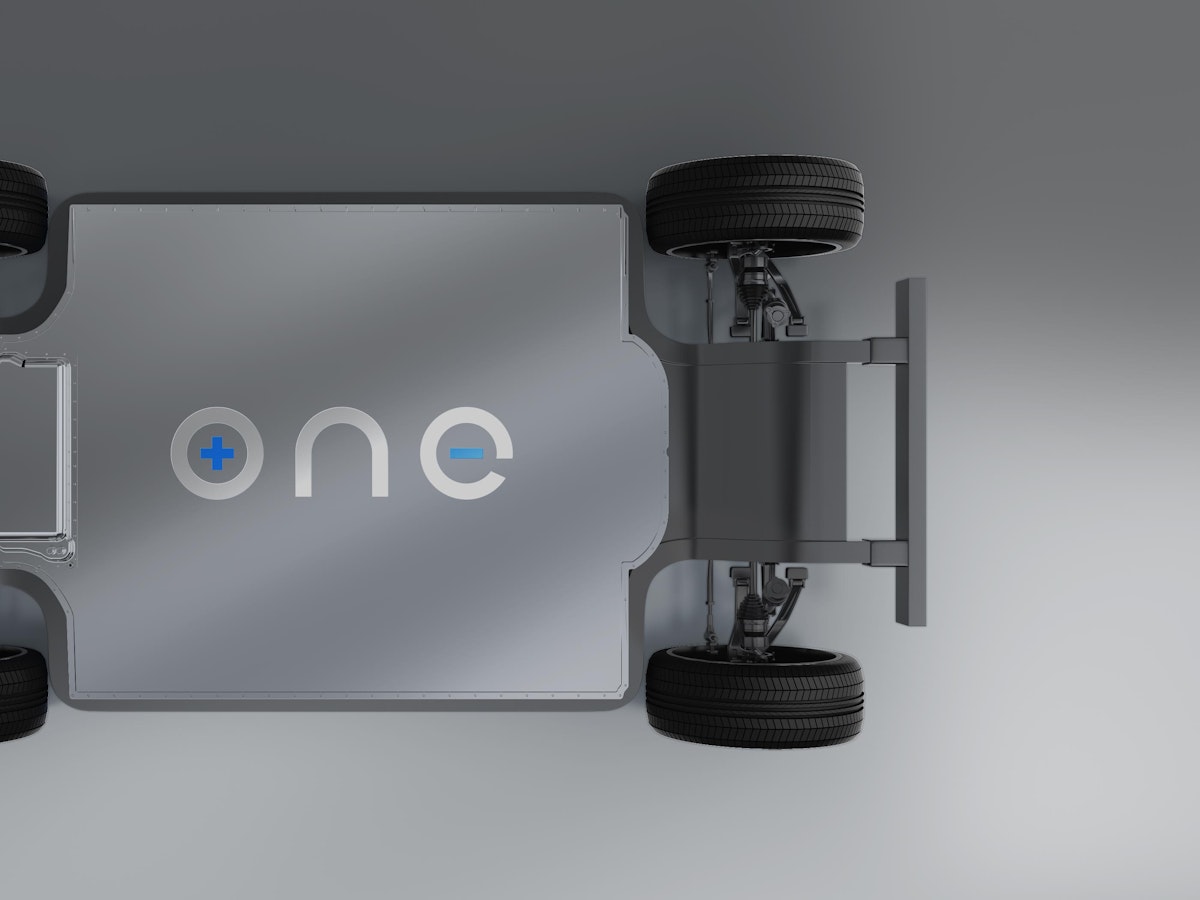When the 1000 mile versions costs twice what the 300 mile version does. Yes, Yes I would.
I'm not sure the convenience argument flies. I'm not ever going to drive 1000 miles without stopping for multiple bio breaks, to eat, stretch my legs, etc. (Also, I'm really not interested in getting a DVT.)
The problem is not range, it's time required to get a reasonable range, while on a road trip. A 200mi capacity is sufficient for most daily driving around town, because you charge at home or at work, or at the destinations while driving around town. So long range & charging time is really about road trips.
I admit/agree with those who say "99% of your driving is close to home." True, but Americans love road tripping, car camping, etc. Taking a family of 5 on a 500-1000mi road trip (or more) is often a lot cheaper, and more fun, and less stressful, than flying. People buy cars often with those road trips in mind, even though they are usually less than 5% of the use of the car. So, it is important to people.
So, getting EVs to parity with ICEVs for road trips is also important.
Typical driving distances between stops on long road trips is around 250-280 miles, or 3-4 hours of driving. Some/many go shorter, but very few want to drive >4 hours w/o stopping. Typical stopped time for a rest is about 15minutes. Occasionally people will stop longer, but usually people want a quick rest and then keep going.
So the obvious solution here is we need EVs that can add 250+ miles (REAL miles) in 15 minutes or less. This is possible TODAY with a 500+ mile range car. Due to DCFC physics, the high speed charging is only actually high speed from about 10% - 60% SOC for the battery. Adding 50% capacity (if done from 10-60%) for most batteries, regardless of total capacity, happens in about 15-20 minutes.
So this is the use-case / argument for a 500+ mi battery. NOT because people actually drive 500mi in one go, but because we don't want to wait 30-45 minutes to add enough range for the next 3-4 hour drive session.
Driving Supercharger profit is not why they are doing it. There are a number of reasons, for example:
- Cost: It would cost a lot more to double battery capacity
- Efficiency: Doubling batter capacity would increase the weight reducing efficiency. So it would cost you more money per mile travelled.
- Weight: Weight would be increased, requiring upgrading lots of components. Tires, suspension, structure, etc.
- Battery supply: Using twice as many cells per car with limited cell supply would cut the number of cars you could deliver in half. (Thereby increasing costs since you get less volume to spread costs across.)
- Size: You have to make the vehicle bigger to have somewhere to put all of those batteries.
I am sure there are plenty more reasons.
These are all good points, but all but the first one would be answered by higher density batteries, which are in development, and should be coming to EVs in the next 3-5 years. One of the reasons Tesla cancelled the 520mi range model S was because their next gen battery dev is behind projected progress, and they gained 70-ish miles of range by lightening the car and using better motors (PMSR).
So if we want those 500+ mi EVs we need to push/call for better batteries, not more. As you point out, current EVs are already borderline too heavy.
So magical thinking. Got it.

I don't think that was a fair criticism. Next gen batteries are the future of EVs. Lots of companies are working on better batteries. It's not magical thinking, and this tech WILL come to EVs, fairly soon, but possibly not to Tesla first, as they are very insular (that's good and bad) and prefer to do in-house tech dev, and their "next gen" batteries deliver more incremental improvements, not truly game-changing, unlike some of the tech that I've read about recently.
But if a 1000 mile version in 3 years costs the same as the 300 mile one now. That would mean that the 300 mile one would cost significantly less in three years. So I would still buy the 300 mile variant. (And would have cheaper operating costs as a result.)
If we're talking about Tesla, they would probably cancel the 300mi version if they had a 500-1000 mi range battery. Cycling a 600mi range battery between 30-60% on a daily basis would probably be much healthier for the battery anyway, saving the full range for seldom road trips.

 one.ai
one.ai



